The Ultimate Guide To Statistical Analysis For Data Science
- November 1, 2021
- Sahil Malik
- 0

Data Science is a multidisciplinary field consolidating Statistics, Programming, and the area’s ability to infer applications for taking care of business issues. The term Data Science has arisen with the advancement of Big Data, Computation Power, and Statistics. The center occupation of Data Scientists is to show answers for making a positive effect by giving viable arrangements. As associations endeavour to become Data-driven, Data Science tries the way to achieve in the serious market.
What is Statistics?
Insights is a bunch of numerical strategies, Collection, Presentation, Analysis and Interpretation of any mathematical information that empower us to respond to significant inquiries regarding information. It is partitioned into two classifications:
Descriptive Statistics – this offers strategies, to sum up information by changing crude perceptions into significant data that is not difficult to decipher and share.
&
Inferential Statistics – this offers techniques to concentrate on tests done on little examples of information and chalk out the inductions to the whole populace (whole area).
Characterizing a Problem Statement
The most vital piece of prescient displaying is the genuine meaning of the issue that gives us the genuine goal to seek after.
This assists us with choosing the kind of issue we’re managing (that is, relapse or order). What’s more, it likewise assists us with choosing the construction and kinds of the data sources, yields, and measurements concerning the goal. Yet, issue outlining isn’t generally direct. In case you’re new to Machine Learning, it might require critical investigation of the perceptions in the space. Two primary ideas to dominate here are exploratory information examination (EDA) and information mining.
Starting Data Exploration
Information investigation includes acquiring a profound comprehension of both the appropriations of factors and the connections between factors in your information. Partially, space ability assists you with acquiring this dominance over a particular kind of factor. By the by, the two specialists and newbies to the field advantage from really dealing with genuine perceptions from the area. Significantly related ideas in measurements reduce learning enlightening insights and information representation.
Information Cleaning
Frequently, the information focuses you’ve gathered from a test or an information store are not immaculate. The information might have been exposed to cycles or controls that harmed its honesty. This further influences the downstream cycles or models that utilization the information. Normal models incorporate missing qualities, information debasement, information mistakes (from an awful sensor), and unformatted information (perceptions with various scales). Assuming you need to dominate cleaning techniques, you wanted to find out with regards to exception recognition and missing worth ascription.
Information Preparation and setting up change pipelines
If the information contains blunders and irregularities, you regularly can’t utilize it straightforwardly for demonstrating. In the first place, the information may have to go through a bunch of changes to change its shape or construction and make it more appropriate for the issue you’ve characterized or the learning calculations you’re utilizing. Then, at that point, you can foster a pipeline of such changes that you apply to the information to create a steady and viable contribution to the model. You should dominate ideas like information examining and highlight determination strategies, information changes, scaling, and encoding.
Model Selection and Evaluation
A vital stage in tackling a prescient issue is choosing and assessing the learning strategy. Assessment measurements assist you with scoring model expectations on concealed information. An exploratory plan is a subfield of measurements that drives the determination and assessment cycle of a model. It requests a decent comprehension of measurable theory tests and assessment insights.
Tweaking the model
Pretty much every AI calculation has a set-up of hyperparameters that permit you to redo the learning strategy for your picked issue outlining.
This hyperparameter tuning is regularly experimental, instead of scientific. It requires enormous set-ups of analyses to assess the impact of various hyperparameter settings on the presentation of the model.
What are the general and significant Statistics skills?
General Statistics Skills
- Instructions to characterize measurably liable inquiries for successful dynamic.
- Working out and deciphering normal measurements and how to utilize standard information representation strategies to convey discoveries.
- Comprehension of how numerical measurements is applied to the field, ideas like as far as the possible hypothesis and the law of enormous numbers.
- Making derivations from evaluations of area and fluctuation (ANOVA).
- The most effective method to recognize the connection between target factors and autonomous factors.
- Instructions to plan factual theory testing tests, A/B testing, etc.
- Instructions to ascertain and decipher execution measurements like p-esteem, alpha, type1, and type2 mistakes, etc.
Significant Statistics Concepts
- Getting everything rolling—Understanding kinds of information (rectangular and non-rectangular), the gauge of area, gauge of fluctuation, information appropriations, paired and straight-out information, connection, the connection between various sorts of factors.
- Dissemination of Statistic — arbitrary numbers, the law of enormous numbers, Central Limit Theorem, standard blunder, etc.
- Information inspecting and Distributions — arbitrary examining, testing predisposition, choice inclination, inspecting dissemination, bootstrapping, certainty stretch, ordinary appropriation, t-dispersion, binomial conveyance, chi-square circulation, F-appropriation, Poisson, and remarkable dispersion.
- Measurable Experiments and Significance Testing—A/B testing, leading speculation tests (Null/Alternate), resampling, factual importance, certainty stretch, p-esteem, alpha, t-tests, level of opportunity, ANOVA, basic qualities, covariance, and relationship, impact size, factual force.
- Nonparametric Statistical Methods — rank information, ordinariness tests, standardization of information, rank relationship, rank importance tests, autonomy test.
